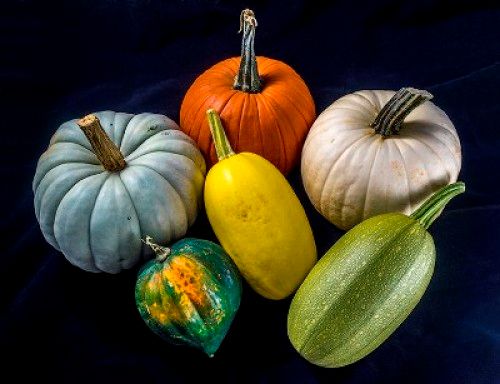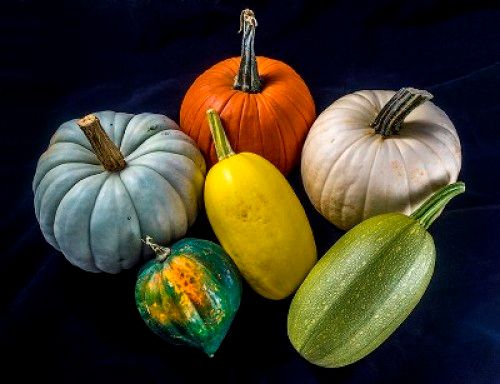
It wouldn’t be easy for today’s gardeners to identify the earliest fruits and vegetables. The beautiful red tomatoes we toss on salads today started out as small yellow berries growing on bushes. Those orange, perfectly shaped carrots on the appetizer tray were nothing more than stringy white roots.
If it weren’t for early farmers who dug tubers and saved the best to replant, we may not have the glorious yams and potatoes that are essential ingredients for the Thanksgiving table. My thanks also go to the earliest seed savers who were breeding plants without even knowing it.
Researchers have studied the origins of cultivated crops for many years, and there’s still some debate on the history of many fruits and vegetables. It’s difficult to know the exact agricultural origins of our favorite grains and vegetables because archeologists depend on finding seed and plant remains, and many of those may not have survived the test of time.
However, archeological evidence does indicate humans gathered wild foods, like fruits and nuts, as early as the Stone Age.
Cabbage, one of the oldest domesticated vegetables, is believed to have been first cultivated around 7000 years ago. Growers started planting cabbage crops after first harvesting wild cabbage plants they found growing along the European coastline.
The green beans that will be baked into millions of casseroles on Thanksgiving are part of the legume family, some of the oldest cultivated foods. The common green bean most gardeners grow probably originated in the Americas, but it took years of work to improve the pod traits that gardeners can appreciate: smooth, straight and stringless pods, slow-developing seeds, disease resistance and uniform color, shape and length.
As for the onions that top those green bean casseroles, they may have originated as long as 5,000 years ago, probably around the Mediterranean. The onion’s uniformity comes from seed savers and hybridizers who worked for years to develop onions that are consistent in size, shape, color and overall quality.
And what would Thanksgiving be without pumpkins? The orange pie pumpkin is a descendent from wild pepo gourds that originated in South and Central America perhaps as long as 7,000 years ago. Those early gourds were small with bitter flesh and the only edible parts were the oil-rich seeds.
But of all the fruits and vegetables we’ll eat on Thanksgiving, the one we’d miss most could be the tomato. Botanists in the 1500s weren’t sure how to categorize tomatoes, so they grouped them in the nightshade family along with poisonous plants like stinkweed, henbane and deadly nightshade.
Fine Gardening Recommended Products

A.M. Leonard Deluxe Soil Knife & Leather Sheath Combo
Fine Gardening receives a commission for items purchased through links on this site, including Amazon Associates and other affiliate advertising programs.




















Comments
Log in or create an account to post a comment.
Sign up Log in